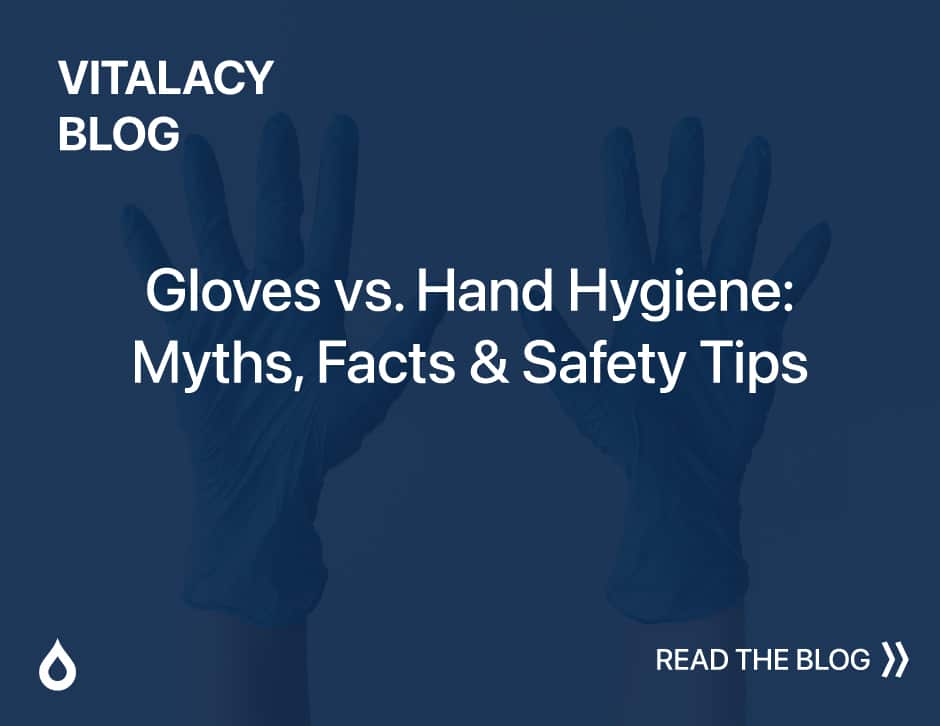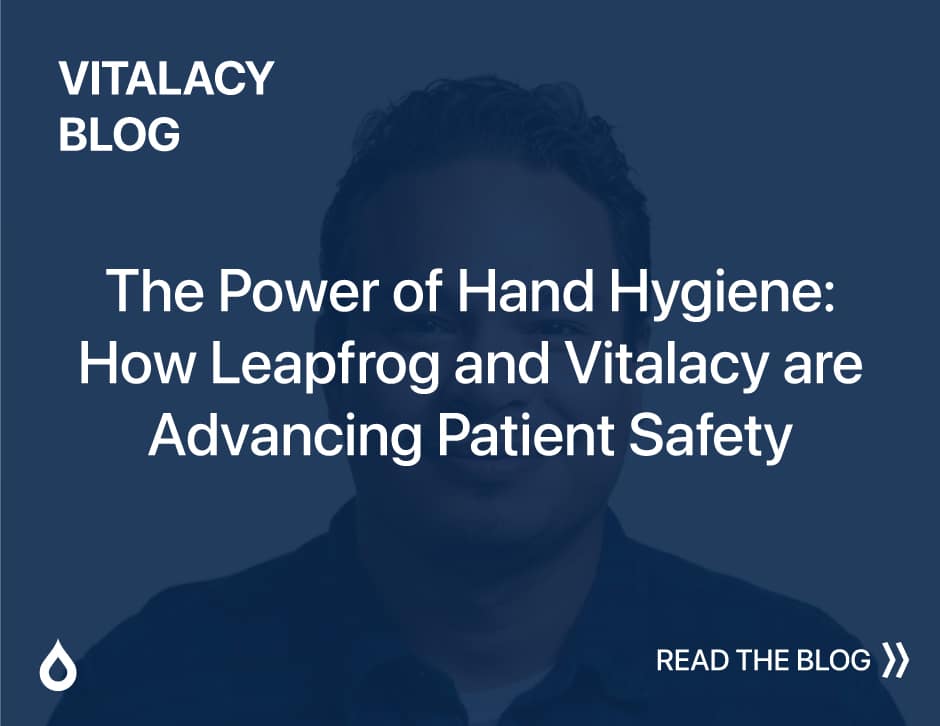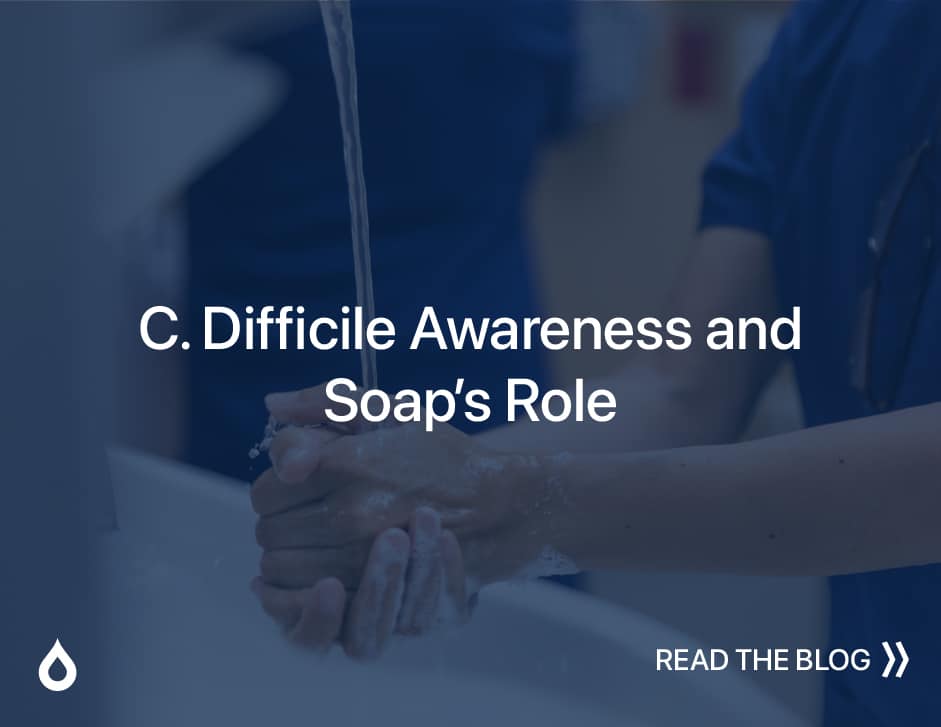Tools and Data for Infection Preventionists
A recently published paper (Nori et al., 2022) shines a light on the challenges endured by the infection prevention (IP) and antimicrobial stewardship (AS) workforce since the start of the COVID-19 pandemic.
Published in Antimicrobial Stewardship and Healthcare Epidemiology, the paper describes situations contributing to burnout, as described in the next three paragraphs, and suggests strategies to enhance workforce resilience and relieve burdens.
COVID-19 expanded the responsibilities of already understaffed infection preventionists and antimicrobial stewardship staff dramatically, with the strain resulting in resignations similar to those experienced within other healthcare occupations. Remaining staff continuing the work of controlling in-hospital infections do so in the face of political and judicial decisions that sometimes undermine pandemic response and funding. These professionals also experience vitriol from hostile community members who resent having to follow COVID-19 precautions.

Because the pandemic response thus far has not stemmed the recurrence of COVID-19 variants, infection preventionists and antimicrobial stewardship professionals must continue to revise and disseminate treatment protocols while maintaining a complex and changing drug stock. IP and AS professionals must curb nosocomial outbreaks and exposures during major surges while hospitals continue to provide elective procedures to maintain financial viability.
Despite IP and AS expertise being sorely needed by healthcare organizations, those possessing this expertise are often not rewarded and their advice often not followed. IP and AS professionals have been greatly uncompensated for time spent beyond business hours.
Automation, objective data and organizational-wide support can help
Far too often, IP and AS professionals have been placed at the frontlines of pandemic-related crises without the tools, data and support they need.
Automating hand hygiene compliance monitoring removes the burden of managing direct observers and provides objective data about hand hygiene performance. These data provide a reliable baseline of hand hygiene performance as organizations work to improve hand hygiene and reduce nosocomial infections. Data gained through direct observation, in contrast, has been found to be influenced by the Hawthorne effect, which is the tendency to modify one’s behavior when being observed. As a result, direct observation tends to overestimate hand hygiene compliance (El Saed et al., 2018; Hagel et al., 2015; Srigley et al., 2014). In addition, automated monitoring can monitor all units 24/7 and can cost efficiently gather enough observations to meet Leapfrog Group hand hygiene standards.
By supporting the implementation of automated hand hygiene monitoring technology, healthcare leaders can send a strong signal to all healthcare workers about the importance of hand washing and infection control. By literally placing the skin of everyone in the organization in the game, leaders can make infection control and prevention the responsibility of everyone in the organization rather than only IP and AS professionals.
Vendors can also be a tremendous resource
A study (Arbogast et al., 2022) by researchers at GOJO Industries, recently published in the journal Infection Control and Hospital Epidemiology, found that healthcare facilities actively partnering with their automated hand hygiene monitoring system vendors were able to achieve greater improvement in hand hygiene performance.

The study found that programs in which vendors partnered with both clinicians and hospital units achieved a 76% increase in hand-hygiene performance. Programs missing the support of one or more of these three groups achieved less than 50% percentage improvement. The study gathered data from 243 million hand hygiene opportunities in 58 units in 10 hospitals.
Multidisciplinary Vitalacy Workgroup provides engagement opportunities, leads to better compliance
Vitalacy collaborates with care providers to communicate the benefits of participation and compliance. By creating the multidisciplinary Vitalacy Workgroup, the Vitalacy team engages directly with care providers to describe how the SmartBadge, SmartClip and SmartBand hand washing sensors work and how they are capable of improving hand hygiene performance. These meetings often lead to quick improvements in hand hygiene compliance and infection prevention, thereby creating enthusiasm for hand hygiene and other patient safety initiatives.
Vitalacy Workgroups also create opportunities for broad multidisciplinary participation from as many departments as possible – for example, medical staff, each patient care unit, infection control, facilities management, environmental services, nursing management, and more.
Request a demo of Vitalacy’s Automated Hand Hygiene Monitoring Solution today!
References
Arbogast, J., Moore, L., DiGiorgio, M., Robbins, G., Clark, T., Thompson, M., . . . Parker, A. (2022). The impact of automated hand hygiene monitoring with and without complementary improvement strategies on performance rates. Infection Control & Hospital Epidemiology, 1-5. doi:10.1017/ice.2022.141
El-Saed A, et al. Quantifying the Hawthorne effect using overt and covert observations of hand hygiene at a tertiary care hospital in Saudi Arabia. American Journal of Infection Control, August 2018;46(8):930-935.
Hagel S, et al: Quantifying the Hawthorne effect in hand hygiene compliance through comparing direct observations with automated hand hygiene monitoring, Infection Control and Hospital Epidemiology, August 2015;38(8):957-62.
Nori, P., Stevens, M., & Patel, P. (2022). Rising from the pandemic ashes: Reflections on burnout and resiliency from the infection prevention and antimicrobial stewardship workforce. Antimicrobial Stewardship & Healthcare Epidemiology, 2(1), E101. doi:10.1017/ash.2022.240
Srigley JA, et al: Quantification of the Hawthorne effect in hand hygiene compliance monitoring using an electronic monitoring system: a retrospective cohort study, BMJ Quality & Safety, Dec. 2014;23(12):974-980.
Author
-

Janel Raanan was inspired to start Vitalacy after losing her grandfather to a Healthcare-Acquired Infection. Through her background in computer science and product development and deep fascination in human behavior, she launched the Vitalacy platform designed to protect caregivers and patients from preventable infections and conditions. She was recognized in Forbes 30 Under 30 in Healthcare in 2020.
View all posts CEO & Cofounder




